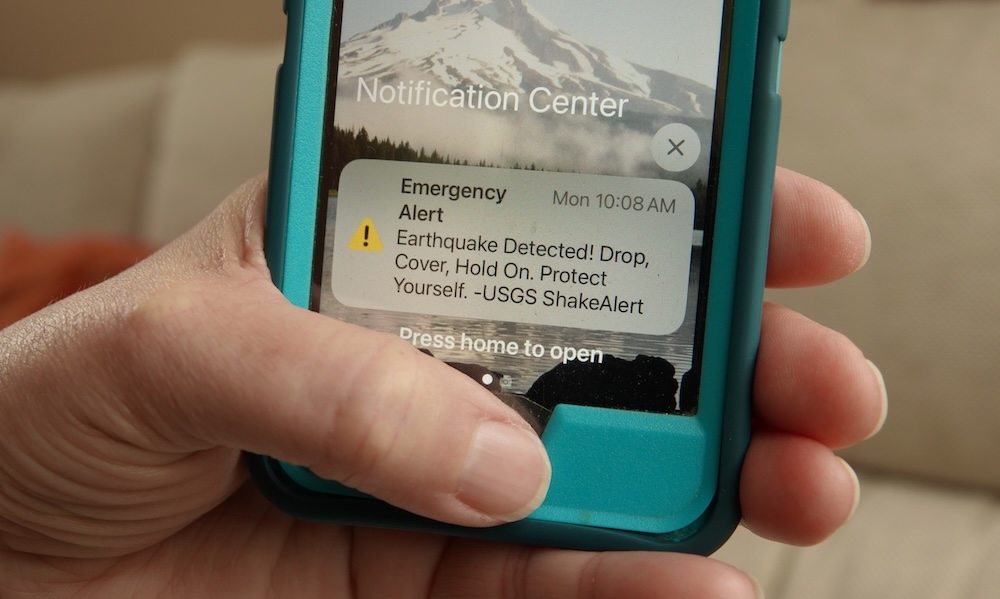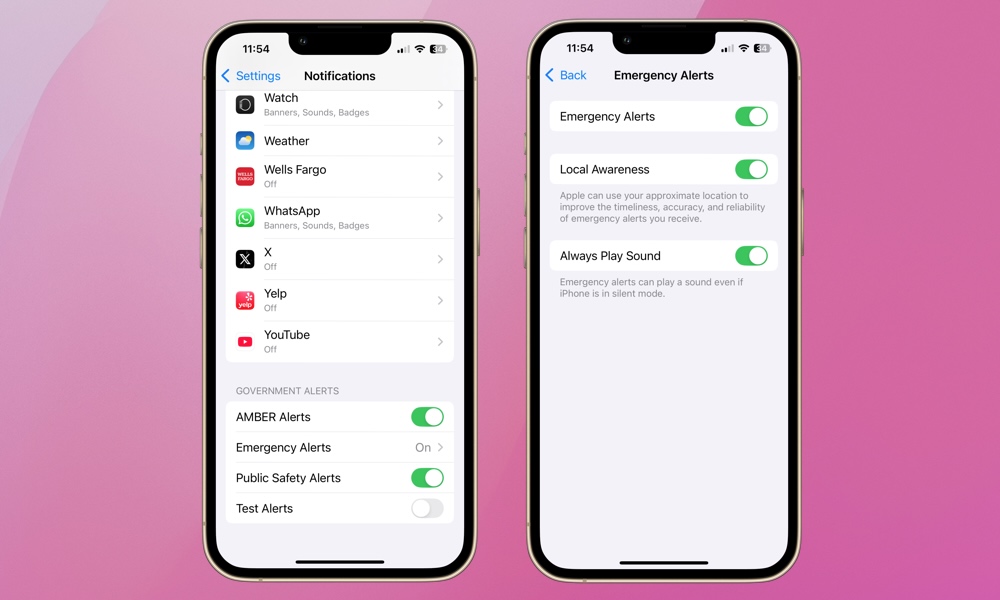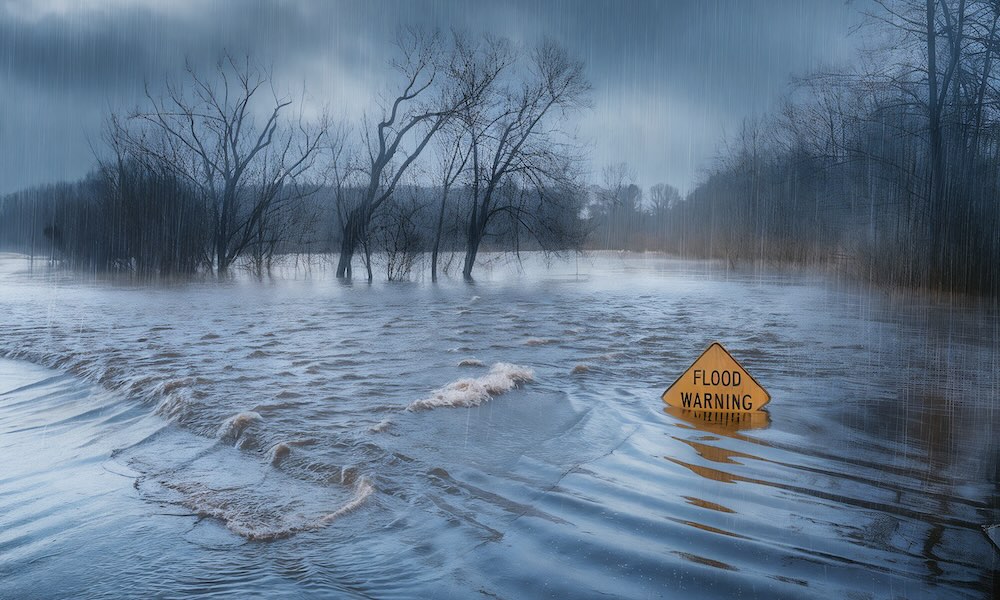One iPhone Setting You Shouldn’t Ignore: Emergency Alerts
 Simone / Adobe Stock
Simone / Adobe Stock
Toggle Dark Mode
While most of us celebrated the Fourth of July this past weekend, residents of Kerr County, Texas (and others in central Texas) experienced catastrophic flooding from the sudden rise of the Guadalupe River. Today, the death toll continues to climb and exceeds 100 fatalities.
It was the second-deadliest flood in the state’s history. While there’s political fallout surrounding disagreements on whether or not budget cuts to the National Weather Service directly impacted the Texas flood response, this tragedy should serve as a reminder for everyone to double-check their iPhone’s Emergency Alert settings.
Politics aside, residents of the area did receive emergency alerts from the National Weather Service (NWS). CBS News reported that the NWS sent 22 warnings and emergency alerts between 11:41 p.m. on July 3 and 3:56 p.m. on July 4. Some residents said they either didn’t receive the alerts or didn’t understand their severity. Once again, we encourage readers to make sure their emergency alerts are enabled — and to pay attention to them.
While emergency alerts are enabled by default on the iPhone, now is a good time to revisit and understand the feature. Maybe you’ll make some adjustments. Here’s how to check these and set them up, if needed.

- Open the Settings app.
- Select Notifications.
- Scroll all the way down to the bottom of the page to locate Government Alerts.
- In the US, you’ll should see options for AMBER Alerts, Emergency Alerts, Public Safety Alerts, and Test Alerts. These settings may vary in other countries.
- Tap Emergency Alerts.
- On the next screen, make sure Emergency Alerts are toggled on.
- You can ensure any Emergency Alert will pierce silent mode by also toggling on Always Play Sound.
We also suggest enabling Local Awareness on the same screen. According to Apple, Local Awareness may improve the “timeliness, accuracy, and reliability” of your Emergency Alerts.
Although you can disable emergency alerts, AMBER alerts, and public safety alerts from this screen, there’s one crucial category of alerts you won’t find a setting for: National Alerts, also known as Presidential Alerts before 2021. These aren’t shown on this screen as they can’t be disabled due to their extremely serious nature. They’re reserved for severe national emergencies such as nuclear threats, nationwide terror attacks, or presidential messages of extreme urgency. This alert level was tested once in 2018, but has never been used to send out an actual alert. Let’s hope it never is.
Our thoughts are with the victims of the Texas floods, their friends and families, and first responders. Please take the time to check your iPhone’s Government Alert settings and help your loved ones do the same. In the event you receive one, pay attention and don’t ignore it. It could save your life.








